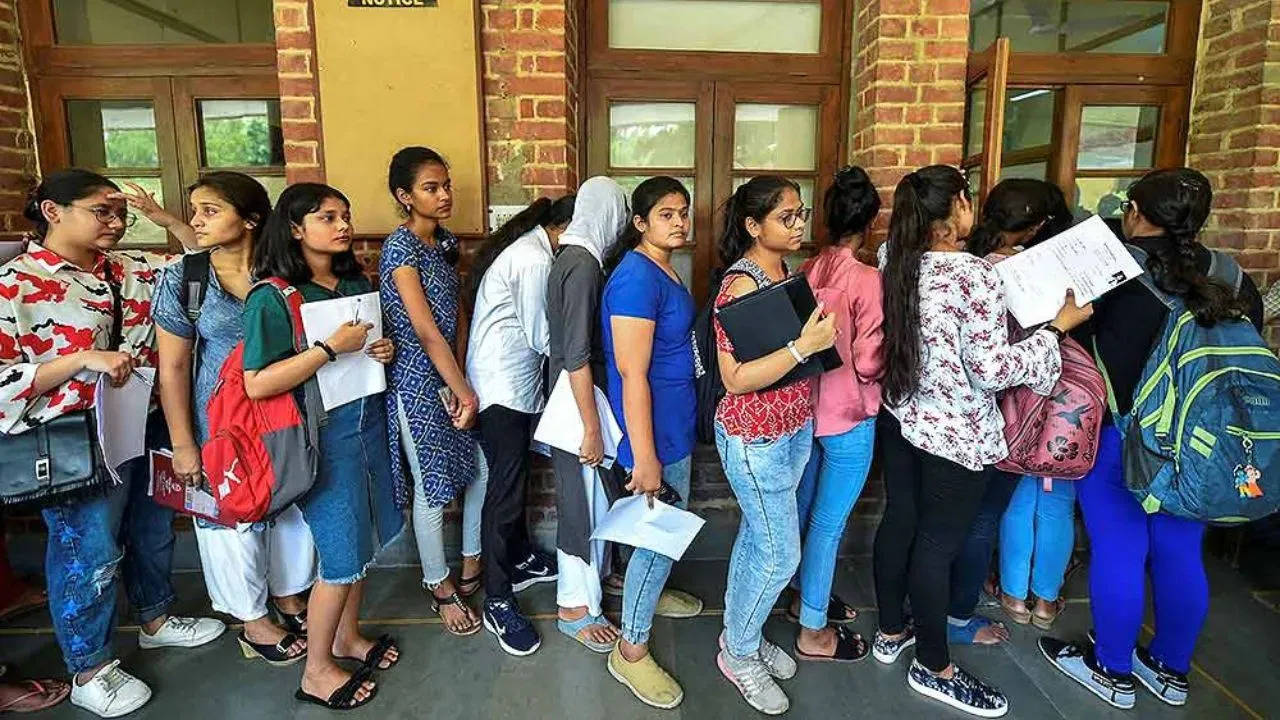Jodhpur : Jodhpur Amla, the biggest source of Vitamin C in the whole world, has liked the dry and semi-arid climatic conditions of Thar. This has come to light after 15 years of research by the Central Arid Zone Research Institute. Due to lack of moisture here, less fiber is being produced in Amla, due to which marketing companies are purchasing Amla from Rajasthan for making Chyawanprash, candy and murabba. These days, vines are hanging on Amla trees in Kajri. There are 275 trees planted here, which bear fruits ranging from 60 to 120 kg. Due to good and long monsoon rains, the size of Amla fruit is also bigger this time. One and a half decade ago, Amla was not cultivated here, but after the use of Kajri, many farmers are now planting Amla plants in their fields and getting good yield. Amla fruits usually come between December to March, but this time during monsoon. Due to good rains, its fruits started coming in the end of October itself. There was a good harvest in November also.
Every gooseberry fruit will give a price
The production of fruits has increased due to new agricultural techniques and improved varieties. By adding value, agricultural production will be fully utilized. You will get a price for every fruit. Amla has immense potential for value addition. Marmalade, pickle, candy, jam, toffee, jelly, juice and laddu are made from them. Amla is also used for making hair oil.
Dr. OP Yadav, Director, Kajri Jodhpur
Kajri planted 8 types of varieties
Dr. Dheeraj Singh, Principal Scientist of Kajri, said that eight major varieties of crops including Francis, Chakaiya, NA-7, Anand Amla, NA-10, Krishna, Kanchan and Banarasi varieties have been grown in the institute. Their specialty is that they can tolerate alkalinity and saline soil also. It has adapted to the desert climate. Once the plant is planted, it will continue to yield fruits every year.


